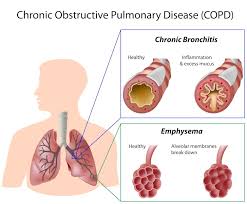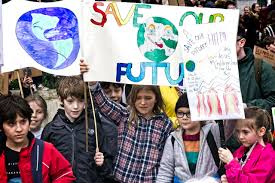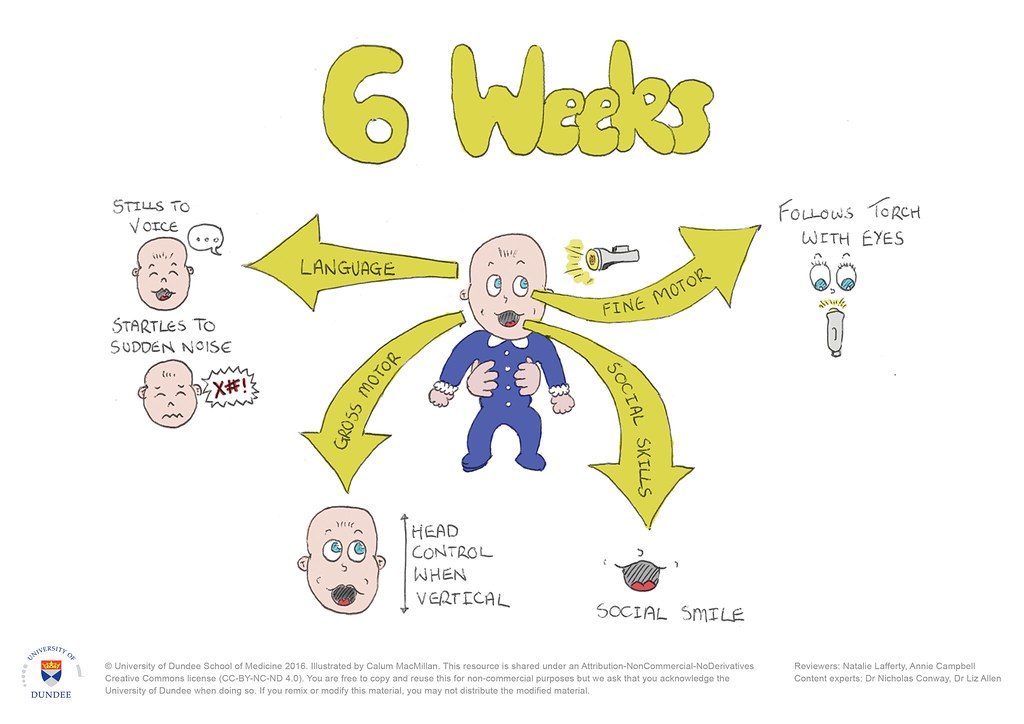Chronic Obstructive Lung Disease (COPD)-Palliative Care and Management
Chronic obstructive pulmonary disease (COPD) means damage to the lungs and airways that can’t be fixed. This damage makes it hard to breathe because it blocks your airways. It is known as COPD if you have either asthma or chronic coughing.In COPD, your lungs and airways change in the following ways: People who have COPD … Read more





